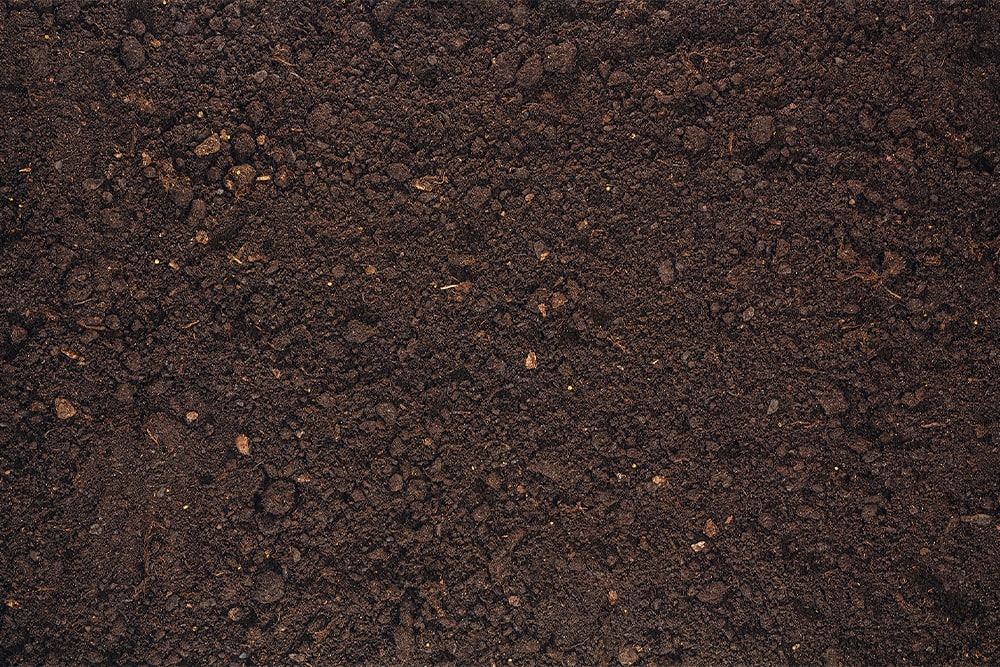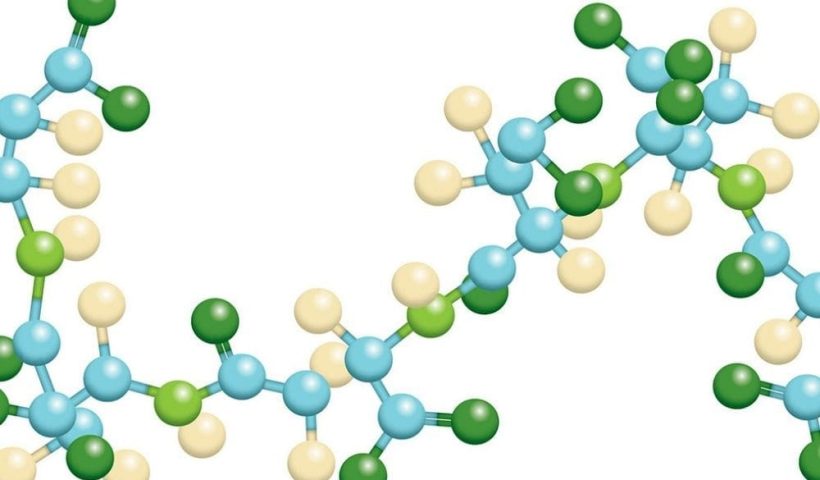
Soil dynamics can change rapidly. What soil offers up in March can be a far cry from what it offers in July and August. The best way to manage turf needs at any time is with a soil test.
A soil test might show soil that has nutrient deficiencies or soil that has an abundance of nutrients. It might also indicate a soil that is too acidic or too alkaline. Four critical items to identity on a soil test are the pH, cation exchange capacity (CEC), electrical conductivity (Ec), and organic matter (OM).
pH
pH affects the plant’s ability to absorb nutrients. Too high or too low of a pH can affect what nutrients are/are not available to the plant, so nutrients may not be adequately absorbed. At pHs lower than 5.5 (acidic), nitrogen, phosphorous, potassium, magnesium, molybdenum, and sulfur are not as readily available to the plant. At the opposite end, pHs greater than 7.5 (alkaline), phosphorous, iron, manganese, boron, copper, and zinc are less readily available to the plant. Increasing the availability of essential nutrients can be achieved by modifying the soil pH to a recommended value.
Cation Exchange Capacity
CEC (cation exchange capacity) is a measure of how “active” or “healthy” soil is. Specifically, CEC assesses the soil’s ability to hold/exchange positively charged nutrients, which determines the soil’s capacity to keep a grasp on essential nutrients (most importantly, Ca, Mg, and K) that it needs. Soil has a net negative charge, and cations are positively charged ions (nutrients), so they attract each other. Most nutrients we should care about, other than P, S, and Cl, have a positive charge.
Electrical Conductivity of Soil
Soil’s electrical conductivity (Ec) is a gauge of soil health. Electricity runs through salts (both good and bad) in water. This means the more electricity (higher your Ec value), the more salts are in solution within your soil. This can be good or bad. Ideally, Ec is ~ .5. If you’re starting to creep higher, then it’s vital to understand why. It would help if you determined what nutrients are driving the high salt level and where those nutrients are coming from (sources)? Is it because of something “bad” like Na? Is it too much of something “good,” therefore throwing other “good” nutrients ratios off? Are the nutrients coming from irrigation water, soil runoff, or inputs?
Organic Matter
Organic matter, which is the amount of decayed or humified organic material (Humus) that shows up on soil test, assists the soil’s ability to hold nutrients, and supports soil health. Having too much OM can be an issue. Excessive OM can overwhelm soil with nitrogen as well as cause it to hold too much water. Having too little OM is an environment lacking nutrient support and general soil health.
Monitor optimum levels of OM to determine:
- How much should be added through inputs
- How much synthetic N input should be added (to maintain healthy C:N ratios)
- What cultural practices are warranted to aid in the speed of OM breakdown (aerification, venting, etc.)
Soil Solver
Foliar-Pak’s Soil Solver is a detailed report and a great tool that will help identify pH, CEC, EC, and OM, as well as the total and available nutrients in the soil. This information is graphed, recorded, and comes on one sheet, which makes it very easy to read.
Foliar-Pak’s experts will also evaluate the information from Soil Solver and provide recommendations for soil applications to address long-term deficiencies and foliar applications to provide relief from immediate deficiencies. The recommended product mixes are based on actual needs defined by Soil Solver, which reduce unnecessary inputs and improve application efficiency.



